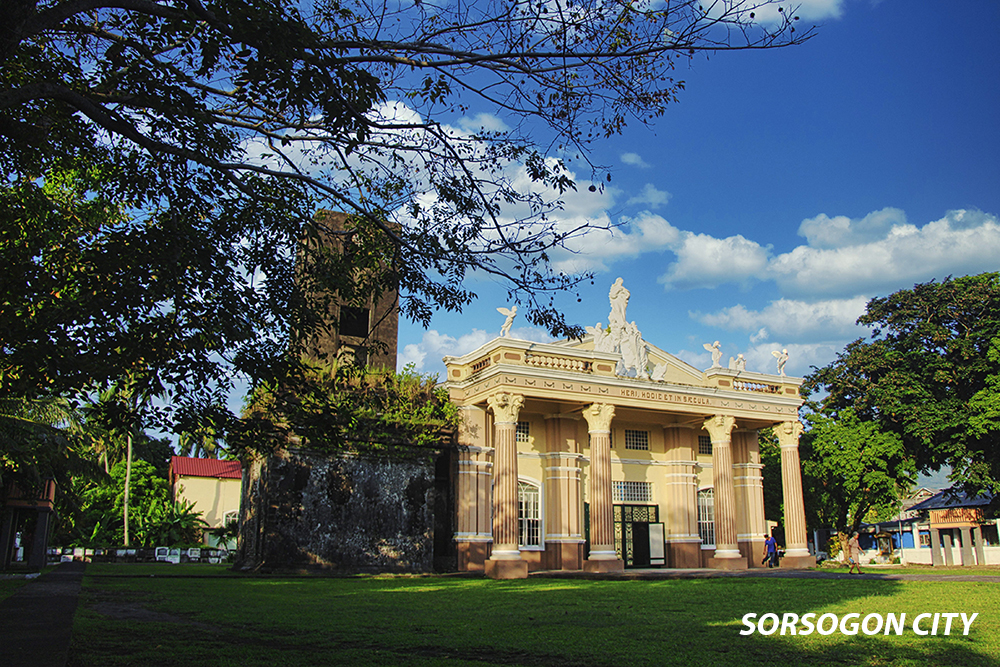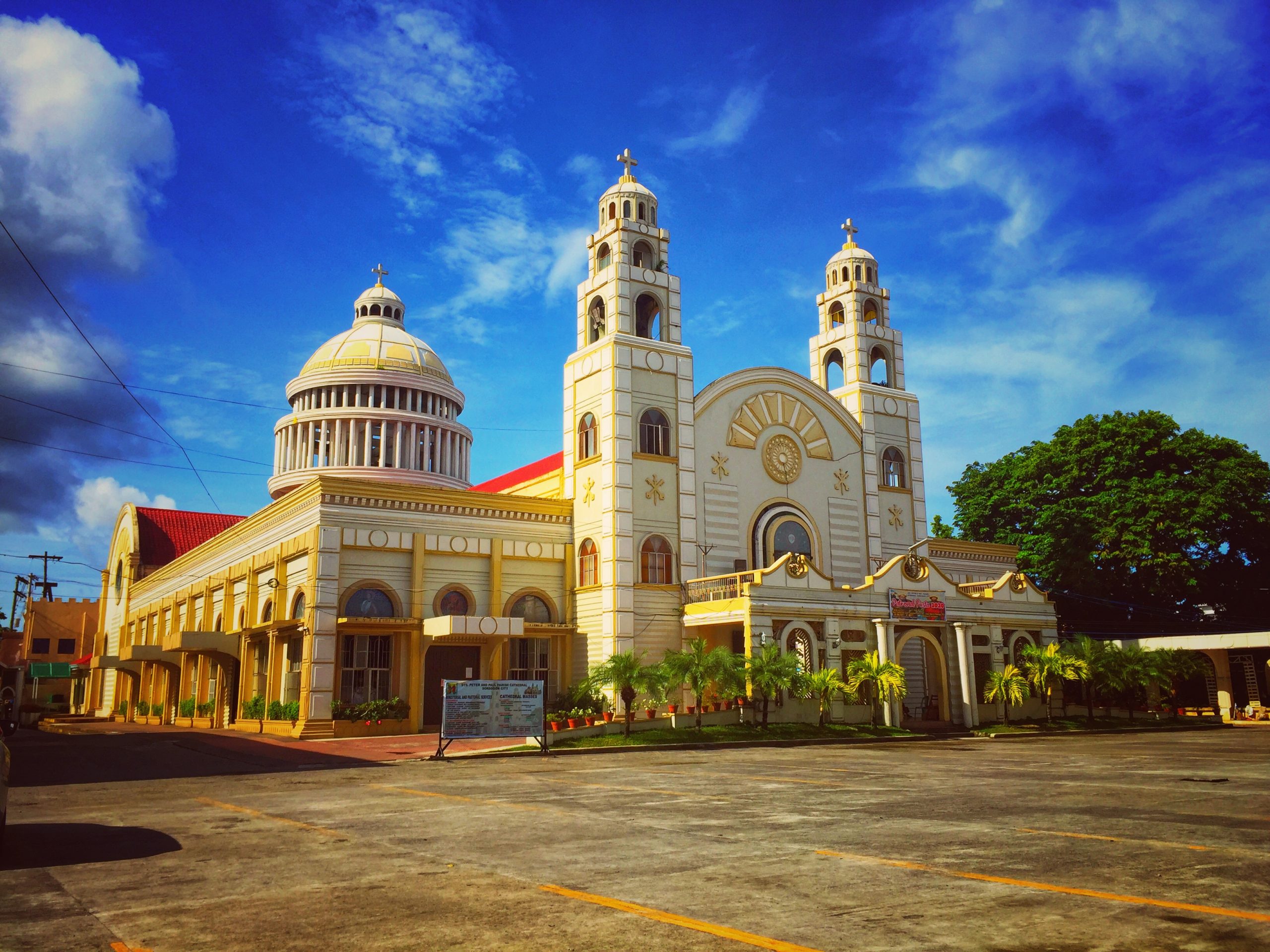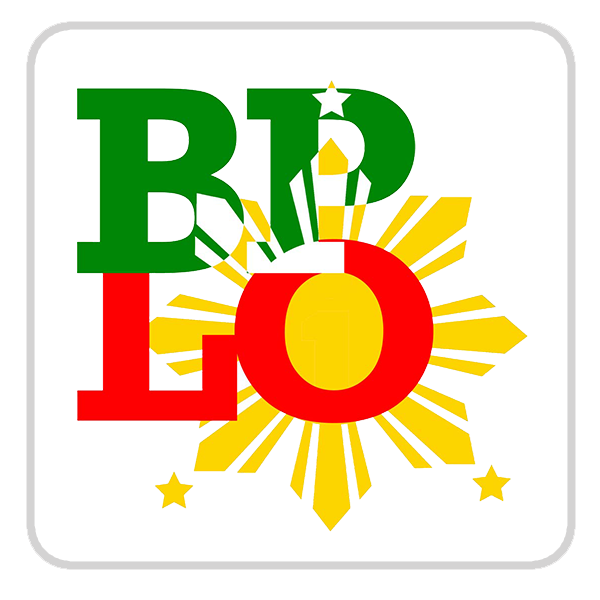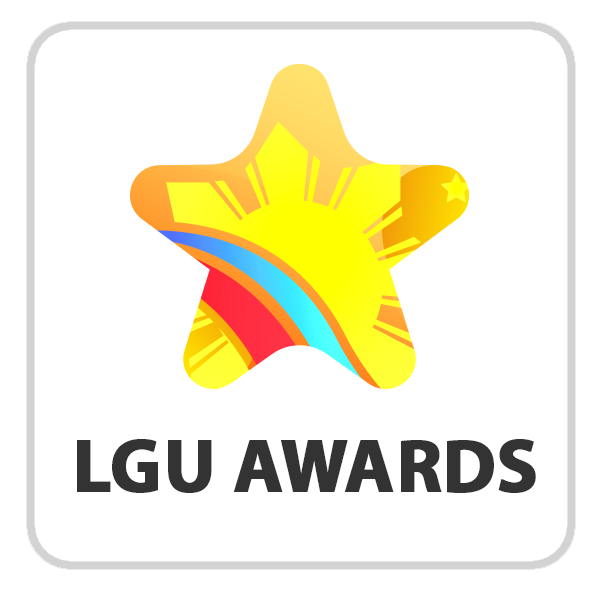- Fastest way to travel to Tiwi is by plane from Manila to Legazpi City (45 minutes).
- From the Legazpi City Airport, visitors can go to the Legazpi City Grand Central Terminal at Tahao Road, Legazpi City and can take filcab, bus or jeepney to Tabaco City (30-45 minutes).
- Then from Tabaco City, go to the public jeepney terminal and look for Tabaco-Tiwi jeepneys, Tiwi is 13km away (15-25 minutes) from Tabaco City.
- The most common way to travel to Tiwi is to take bus from Araneta Center Bus Terminal, Quezon City going to Tabaco City or straight to Tiwi (limited busses only) or by private vehicle.
- Tiwi is 538 kilometers away from the south of Manila via south road.
Tiwi is a first class municipality in the first district of Albay in the Bicol Region (Region V) of the Philippines and is located at the Northern East of Albay. The municipality is well known as a Pilgrimage site with its old churches; The Our Lady of Salvation Parish Church and The San Lorenzo Ruiz Parish Church, and for its Pottery and Geothermal Industry.
VIA AIR TRAVEL

















